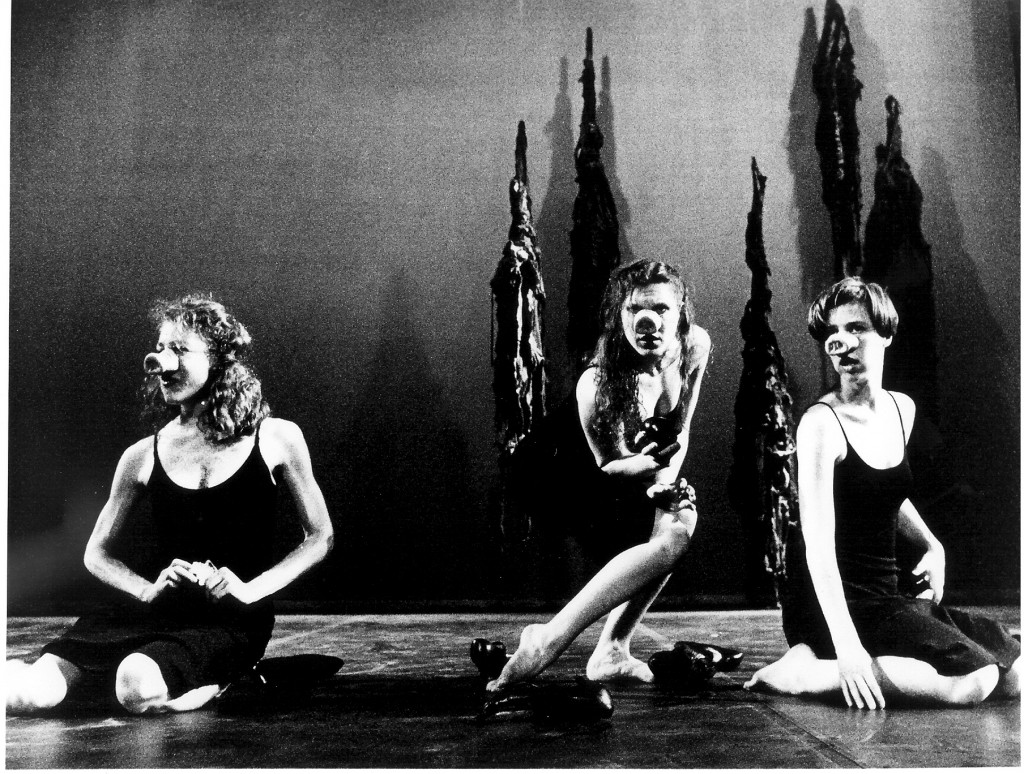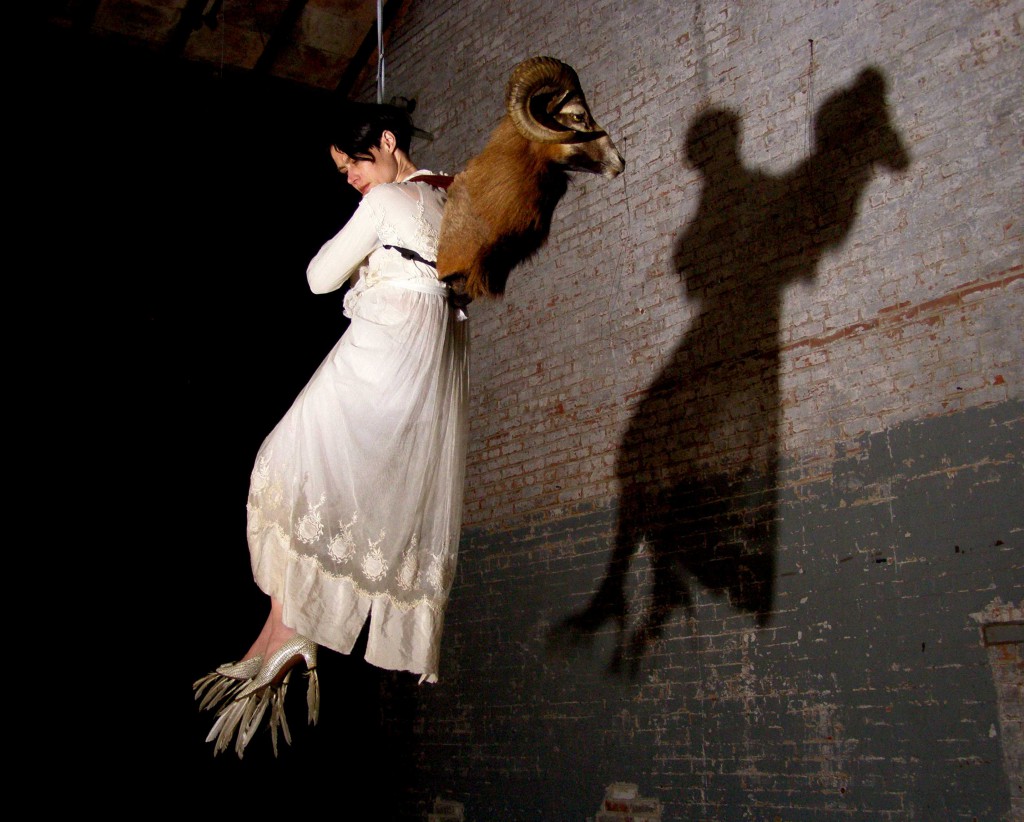I went to see the film War Horse last night. In a blog following the horse slaughter debacle, I had expressed a hope that millions would see the movie and be moved to act on behalf of the horse. Sadly, I don’t think this movie will do it.
I had seen the play several months ago. There is something infinitely more moving about the relationship of horse to human in the theatrical production. Not just the relationships between the human actors and the horses, but also the breathing animation of human bodies inside the horses, creating each of the subtle equine articulations of these marvelous puppets. The horses feel more fully there because of the intricate, detailed attention to how they move, breath, respond.
And the play does more to engage us in the horror of this war that took the lives of 8 million horses and 35 million humans.
The horses in the film are beautiful, no question. But there is something stomach turning about seeing a real horse run though “no man’s land” becoming hideously entangled in barbed wire. Here I would have to agree with Kat Murphy:
Maybe the puppets used in the Broadway play eloquently expressed the horror of beautiful, dumb beasts brutally done to death, even more expendable than the millions of young men wasted in WWI. And perhaps a puppet Joey racing across no-man’s-land, mad with terror, to fall tangled in barbed wire worked as shattering metaphor for the nightmare of war. But movies can be cruelly literal; it’s living horseflesh we see beaten, maimed, dying in Spielberg’s endless outtake from “All Quiet on the Western Front.” There’s no masking the smell of slaughterhouse.
But hey, in the very next scene after Joey’s gut-wrenching steeplechase, enemy soldiers join forces to cut him out of the barbed wire, cracking wise and milking the moment, as hushed as church, for every drop of schmaltz — served up on Joey’s bloody back. Trust corn to take away the sting. That corn, followed by a prolonged, self-indulgent descent into bathos, turns the suffering of an animal into a cinematic lie (the exact opposite of the sanctification of the battered donkey in Robert Bresson‘s “Au hasard, Balthazar“). That lie feels like the callousness of a child, unable to grasp what pain and death mean to other living things.
The difference for me is between feeling manipulated versus awed and moved.


